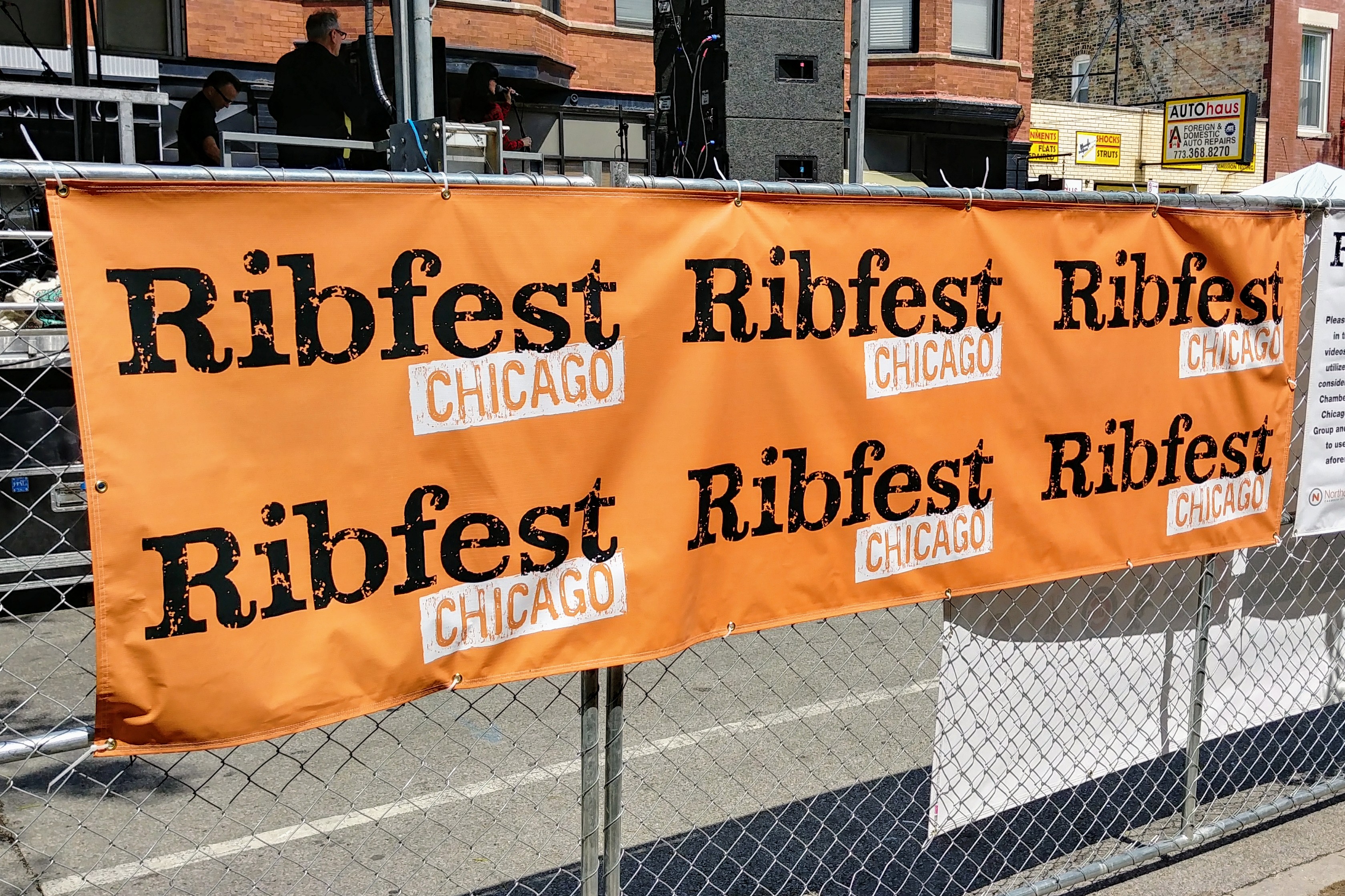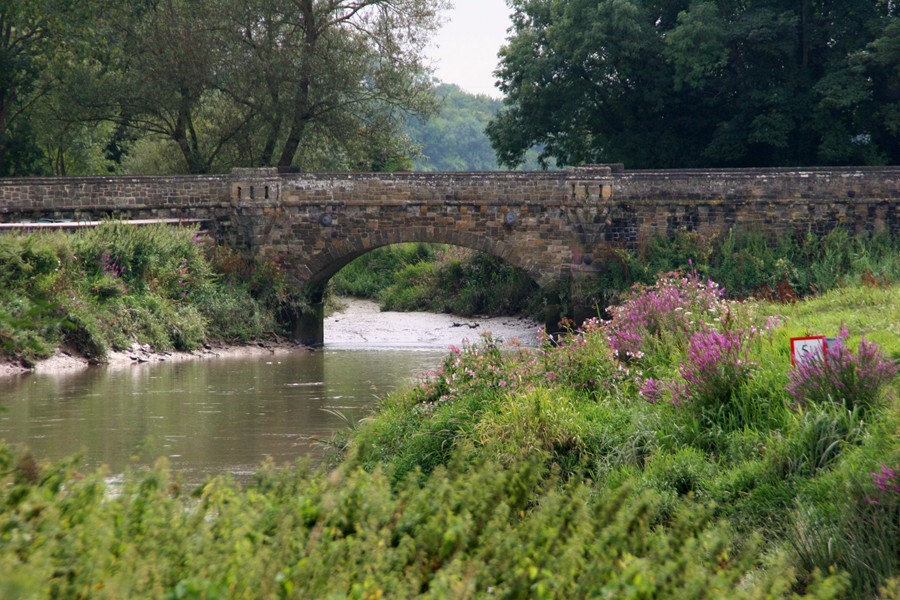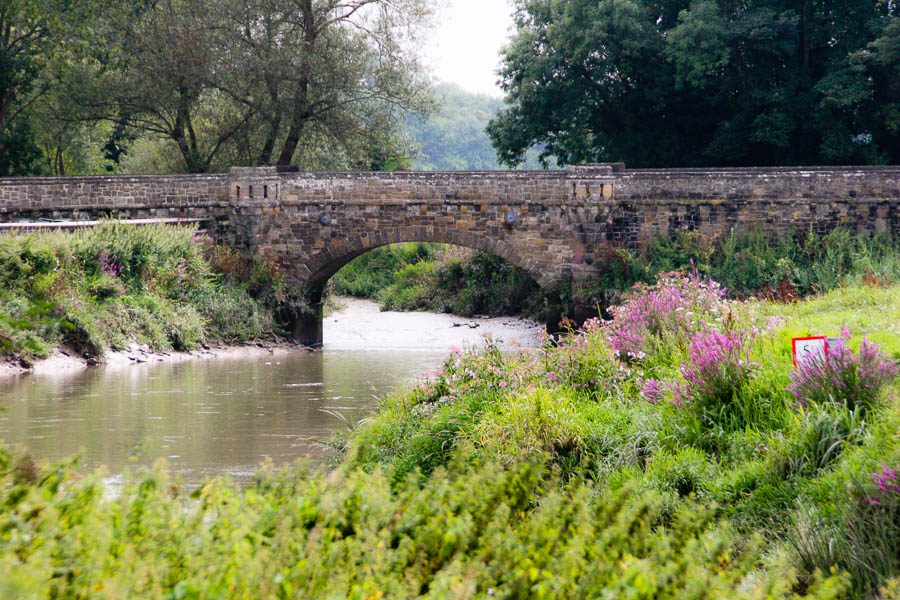The Associated Press has obtained the latest edition of the Chicago Crime Commission's "Gang Book." It shows the turfs claimed by 59 gangs, including many small areas formed as groups split off from other groups after top leaders go to jail. The book also highlights how social media make gang disputes worse:
Gangs put a premium on retaliation for perceived disrespect. In the past, insults rarely spread beyond the block. Now, they’re broadcast via social media to thousands in an instant.
“If you’re disrespected on that level, you feel you have to act,” said [Rodney] Phillips, employed with Target Area, a nonprofit group that seeks to defuse gang conflicts.
Police say there was a gang connection to most of the 650 homicides in Chicago recorded in 2017 — more than in Los Angeles and New York City combined. Homicides so far in 2018 are down around 20 percent. Police partly credit better intelligence and the deployment of officers to neighborhoods on the anniversaries of gang killings.
So integral is social media to gang dynamics that when Englewood-area pastor Corey Brooks brokered a truce between factions of the Black Disciples and Gangster Disciples in 2016, he insisted they agree to refrain from posting taunts. The gang truce lasted longer than most — 18 months.
Some gangs provoke enemy gangs by streaming live video showing them walking through rival turf. Others face off using a split-screen function on Facebook Live and hurl abuse at each other.
I kind of want to see that map. And I kind of don't. Chicago Public Media has an online, interactive map that doesn't reflect the 2018 changes.
Ah, Ribfest. The bane of my diet.

This year I went back to a couple of old favorites and tried a couple of new ones:
- Chicago BBQ: Smoky, a little tug off the bone, tangy sauce. 3½ stars.
- Mrs. Murphy's Irish Bistro: Like last year, they glooped on a lot of (delicious) sauce. But the meat tasted better this year, and I got a bit of a lagniappe. 3 stars.
- Old Crow Smokehouse: I haven't tried them before. They were decent. Good smoke taste, but a little fatty and not a lot of sauce. 3 stars.
- Fireside Restaurant: The best sauce of the day, tangy and a little citrus. Good meat, smoke, and char.
I may go tomorrow. If I can digest today's bones.
Stuff that landed in my inbox today:
Also, while we're on the subject of the C-word, I love Minnie Driver's response: "That was the wrong word for Samantha Bee to have used. But mostly because (to paraphrase the French) Ivanka has neither the warmth nor the depth."
We just got back from the vet. The x-rays show that Parker's leg is almost completely healed, so he's finally cleared to go back to his play group. He has no idea about this right now but tomorrow morning he'll be very, very happy.
Now I'm about to run to my office, so I'm queuing up these articles to read later:
OK. Chugging some tea, and hitting the CTA. More later.
A student at the University of Cincinnati has filed a fascinating lawsuit against the school for discrimination in its enforcement of sexual misconduct:
Is it possible for two people to simultaneously sexually assault each other? This is the question—rife with legal, anatomical, and emotional improbabilities—to which the University of Cincinnati now addresses itself, and with some urgency, as the institution and three of its employees are currently being sued over an encounter that was sexual for a brief moment, but that just as quickly entered the realm of eternal return. The one important thing you need to know about the case is that according to the lawsuit, a woman has been indefinitely suspended from college because she let a man touch her vagina.
The event in précis, as summarized by Robby Soave of Reason magazine: “Male and female student have a drunken hookup. He wakes up, terrified she's going to file a sexual misconduct complaint, so he goes to the Title IX office and beats her to the punch. She is found guilty and suspended.”
By some kind of weird alchemy involving the sum of its parts, this strange little event manages to hit upon almost every troubling aspect of the way that these cases are interpreted and punished on the contemporary campus. It proceeds from the assumption that if two drunk college students make out, one of them—and only one of them—is a victim of the event. It resulted in a fairly common but extremely severe consequence meted on students found guilty of very minor offenses—banishment from the university until the complainant graduates. And it suggests how easily the system can be manipulated by a student with an alleged grudge.
I'm curious to see how this turns out. It seems hard to believe that I went to university during a brief, golden age when we were treated as adults. I served 5 semesters on the Student Judiciary Board and heard so many stories of ridiculous student behavior, and still managed to find them odious enough to ban the offenders from campus a handful of times. I fear for our children that they won't ever grow up, because their parents and institutions won't let them.
The Economist's Johnson column last week (which I just got around to reading tonight) took on verb conjugations in journalism:
On May 14th, as Palestinians massed at the Gaza Strip’s border, Israeli soldiers fired on them, killing around 60 people. Shortly afterwards, the New York Times tweeted: “Dozens of Palestinians have died in protests as the US prepares to open its Jerusalem embassy.” Social media went ballistic. “From old age?” was one incredulous reply. #HaveDied quickly became a hashtag campaign.
English and most other European languages have both an active voice (Steve kicked John) and a passive (John was kicked by Steve). Style manuals, including The Economist’s, generally deprecate the passive voice. It is longer, for one thing. For another, it is often found in heavy academic and bureaucratic prose. Inexperienced writers tend to over-use it.
But critics of the passive often confuse two different things: syntax and semantics. Syntax has to do with the mechanics of putting a sentence together. In Steve kicked John, Steve is the subject and John is the direct object. But in John was kicked by Steve, John is now the subject, even though he is still the kickee, and Steve is still the kicker.
So what the critics really meant is that the Times erred in using an intransitive verb.
I analyzed this not as an argument for a particular kind of prose, but as an argument for learning the vocabulary of the thing you want to criticize. Critics of the Times' headline aren't wrong; they're just arguing the wrong point. One can understand viscerally why the Times' headline got under the skin. But as in so much of life, people on one side argued feelings and people on the other argued correctness.
Until people hear what the opposition really wants to say—until people make an effort to hear it, I mean—we're going to keep talking past each other. That said, I want everyone to read Orwell right now.
Alexis Madrigal, closer to an X-er than a Millennial, rhapsodizes on how the telephone ring, once imperative, now repulses:
Before ubiquitous caller ID or even *69 (which allowed you to call back the last person who’d called you), if you didn’t get to the phone in time, that was that. You’d have to wait until they called back. And what if the person calling had something really important to tell you or ask you? Missing a phone call was awful. Hurry!
Not picking up the phone would be like someone knocking at your door and you standing behind it not answering. It was, at the very least, rude, and quite possibly sneaky or creepy or something. Besides, as the phone rang, there were always so many questions, so many things to sort out. Who was it? What did they want? Was it for … me?
There are many reasons for the slow erosion of this commons. The most important aspect is structural: There are simply more communication options. Text messaging and its associated multimedia variations are rich and wonderful: words mixed with emoji, Bitmoji, reaction gifs, regular old photos, video, links. Texting is fun, lightly asynchronous, and possible to do with many people simultaneously.
But in the last couple years, there is a more specific reason for eyeing my phone’s ring warily. Perhaps 80 or even 90 percent of the calls coming into my phone are spam of one kind or another. Now, if I hear my phone buzzing from across the room, at first I’m excited if I think it’s a text, but when it keeps going, and I realize it’s a call, I won’t even bother to walk over. My phone only rings one or two times a day, which means that I can go a whole week without a single phone call coming in that I (or Apple’s software) can even identify, let alone want to pick up.
Meanwhile, robocalling continues to surge, with a record 3.4 billion of them sent in April—approximately 40% of all calls placed that month by some reckonings.
Welcome to the 21st century, where your 19th-century technologies do more harm than good.
Not all of this is as depressing as yesterday's batch:
I'm sure there will be more later.
Every so often I like to revisit old photos to see if I can improve them. Here's one of my favorites, which I took by the River Arun in Amberley, West Sussex, on 11 June 1992:

The photo above is one of the first direct-slide scans I have, which I originally published here in 2009, right after I took this photo at nearly the same location:

(I'm still kicking myself for not getting the angle right. I'll have to try again next time I'm in the UK.)
Those are the photos as they looked in 2009. Yesterday, during an extended internet outage at my house, I revisited them in Lightroom. Here's the 1992 shot, slightly edited:

And the 2009 shot, with slightly different treatment:

A side note: I did revisit Amberley in 2015, but I took the path up from Arundel instead of going around the northern path back into Amberley as in 2009, so I didn't re-shoot the bridge. Next time.
The Apollo Chorus is joining Northwestern University's Bienen School of Music this weekend in two performances of Rachmaninov's The Bells. Thus, no real blog post today.
But if you're in Chicago, swing by the Pritzker Pavilion at Millennium Park at 6:30pm for our free concert.